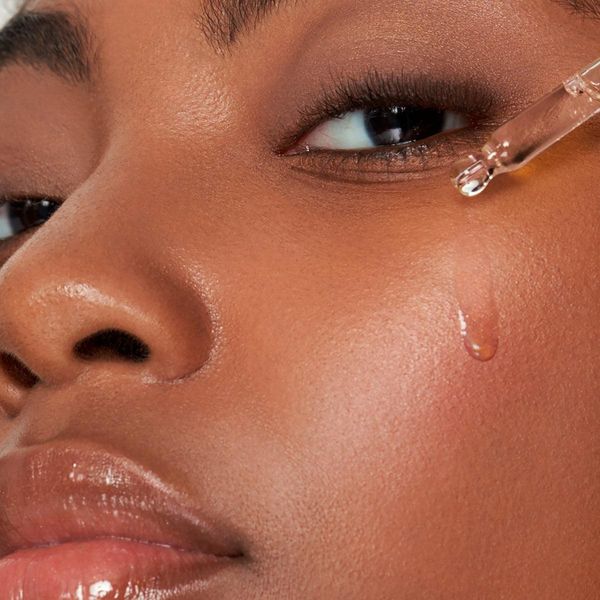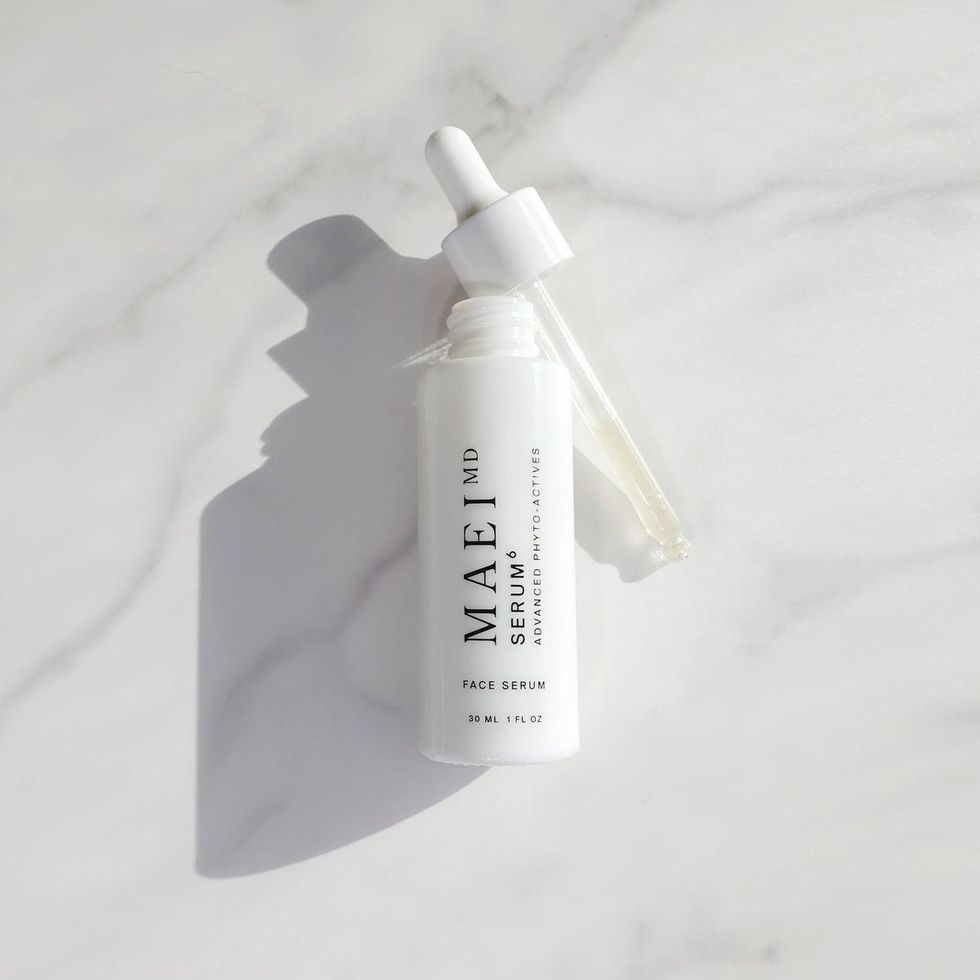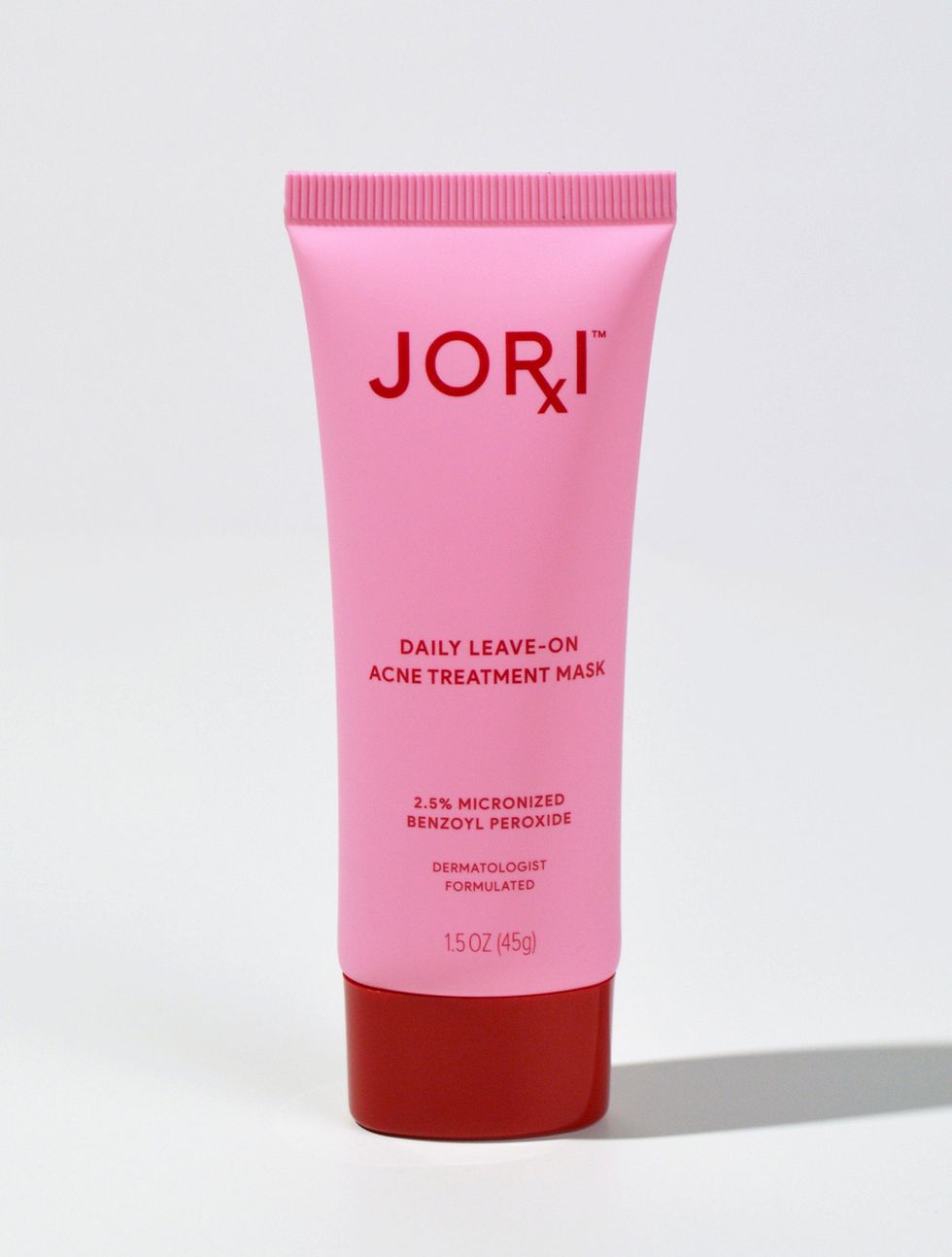If Your Skincare Products Aren't Working, This Could Be the Reason Why
Experts explain why a product's delivery system is more important than the ingredients inside.

When assessing a new skincare product, you ask the basic questions: What type of skin is this best for? What time of day should this be applied? What types of results will you see? But have you ever wondered exactly how the formula works? There's a science behind how all of those active ingredients make it past the skin’s surface level. It’s called a delivery system.
As the name alludes, this process helps make sure molecules end up where they need to go—beyond the skin's surface—and it directly impacts how stable and efficacious a product is. To help explain the different types of delivery systems and exactly what they do, we reached out to Texas-based dermatologist Dr. Rebecca Marcus and Dr. Joshua Zeichner, director of cosmetic and clinical research at Mount Sinai, for all of the details.
What's a Delivery System?
Simply put, a delivery system is how active ingredients are distributed onto your skin post-application. It takes the star components of the formula and brings them directly to the areas the product is designed to treat. “Delivery systems enhance the performance of a formula by preserving efficacy and penetration of active ingredients into deeper layers of the skin and modifying the rate at which actives are released and delivered,” explains Dr. Marcus.
How Does This Affect a Skincare Product?
According to Dr. Zeichner, the delivery system is actually more important than the active ingredient. “No matter what active ingredient you have in a product, if it's not stable or doesn't penetrate through the outer skin layer, it won't do its job,” he explains. “You can buy all the ingredients that a recipe calls for, but that doesn't mean you can cook the meal.” In other words, delivery systems largely come into play in determining how effective a product will be.
Topical ingredients that just sit on the surface of the skin aren’t doing much good and it’s the delivery system that takes it to the next level. As Dr. Marcus notes, “active ingredients exert their maximum effect when they are able to reach deeper layers of the skin.”

Photo: Maei MD
What Are the Different Types of Delivery Systems?
Chemical Delivery
Liposomes
“Liposomes are a tried-and-true delivery vehicle for active ingredients in skincare,” says Dr. Marcus. The structure is similar to a tiny bubble with the outer coating being made up of lipids. “Since lipids penetrate the skin well, this “shell” ushers active ingredients past the skin barrier, deeper into the epidermis, and then slowly releases its contents,” she explains.
Time Release and Microencapsulation
Time-released products use a variety of technologies to deliver active ingredients to the skin and slowly release them over time,” says Dr. Zeichner. A major plus is that this approach can minimize side effects or irritation. One way to accomplish the time-released benefits is through microencapsulation. Encapsulation is a major aid in stabilizing and preserving active ingredients and allows for a slower and controlled release which Dr. Marcus credits as, “more effective, gentler, and a steadier application.”
Carrier Oils
“Carrier oils are one way that essential oils can be delivered safely to the skin,” says Dr. Zeichner. “On their own, essential oils can be irritating, but the carrier oil hydrates the skin and allows for penetration of the active into the skin.” Some popular examples include jojoba oil, almond oil, and argan oil. While they all share similar properties, these can vary in terms of absorption rates, aroma, and benefits for different skin types.
Microneedle Technology
While other systems tend to work on a molecular level, microneedling takes a more physical approach. “Microneedling creates channels in the skin to allow topicals to penetrate through the outer skin layer,” Dr. Zeichner explains. Luckily, you don’t have to wait for your next facial to feel the benefits. There are an array of at-home tools that you can use to prep your skin and help maximize topical products.
Shop Products With Innovative Delivery Systems:
Serum 6

Dr. Marcus praises the pentylene glycol in this serum for its superior water binding properties. It serves as an excellent penetration enhancer.
Vitamin K Liposome Serum 3%

This calming serum uses a vitamin K liposome. The brand credits the lipid “shell” for lowering the chance of irritation and increasing the formula’s compatibility and efficiency.
Magic Night Cream

“This night cream contains encapsulated retinol to get a time-released effect,” says Dr. Marcus. “Not only does this provide a steadier dose of retinol all night long, but this perfectly-paced delivery method minimizes the risk of irritation.”
PolyPeptide Firming Serum

“This product uses a special technology to stabilize a blend of peptides, antioxidants, and an enzyme in a single formula,” says Dr. Zeichner. As a result, the many list of benefits include boosting hydration, firmness, and reducing the appearance of fine lines and wrinkles.
Daily Leave-On Acne Treatment Mask

“This treatment uses micronization to enhance penetration and reduce irritation from the active ingredient benzoyl peroxide,” explains Dr. Zeichner. “Micronization brings the particle size of the benzoyl peroxide down to smaller than the opening of the skin follicle, allowing it to penetrate deep into the pores where acne begins.”
Faceshot Electric Microneedling Device

The 2-in-1 tool is a foolproof way to get a skin-boosting treatment from home. Its microneedling cartridge helps the glycolic acid ampoules get deeper into the skin, resulting in a lasting glow.
Want more stories like this?
It's Time to Consider Hair Botox
What Even Is Ingestible Skincare?
Inside the World of Fragrance Enhancers




